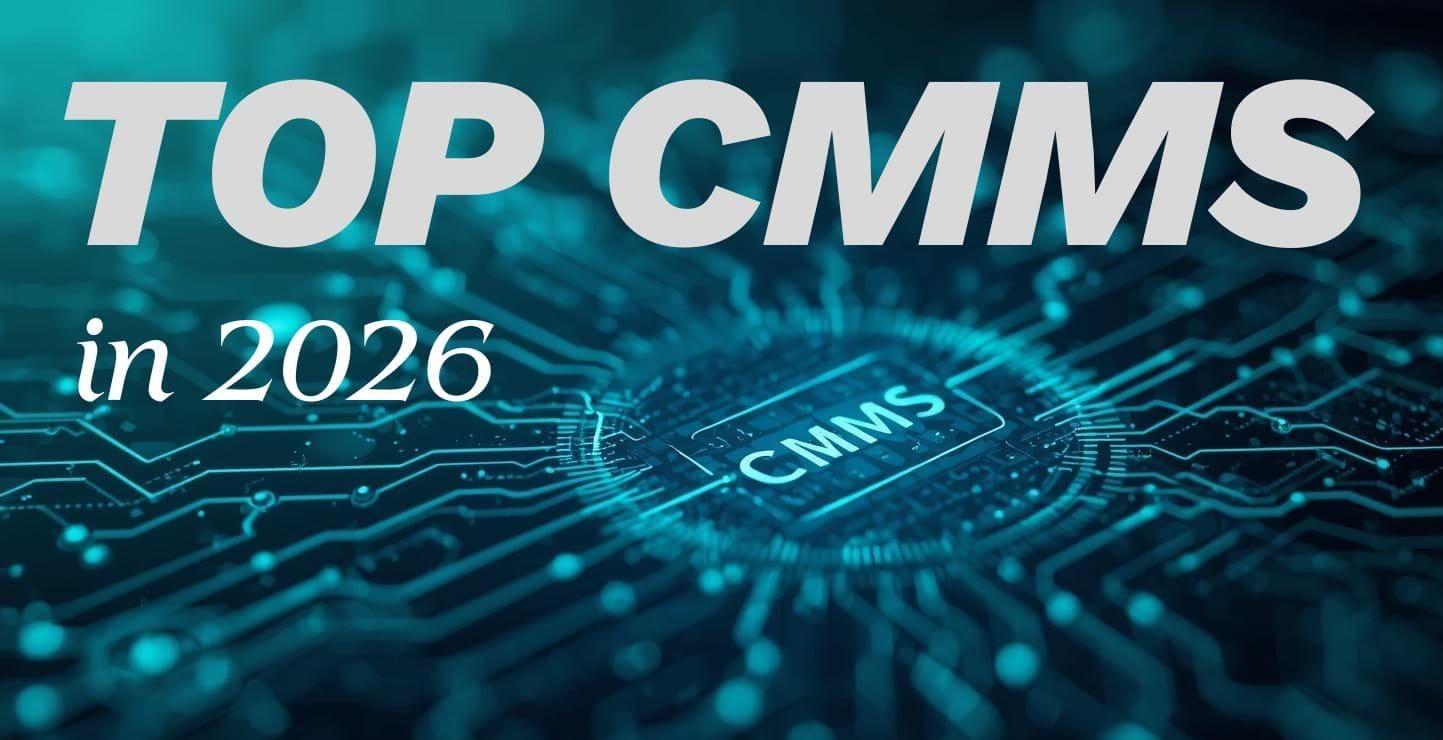Maintenance professionals usually have the Finance department on speed dial. These two departments work together on everything from purchase orders to capital investments.
Similarly, a good relationship with Finance is helpful when it’s time to purchase CMMS software.
Finance is the department responsible for the budget, typically headed by a Controller or CFO. As a result, their goal is to ensure the financial integrity of your organization.
Including Finance early in your process can prevent show-stopping holdups down the line.
Table of Contents
What Finance Needs from You
We recommend connecting with your Finance department early on in the process. You also want to make sure you have a thorough understanding of what they’ll need from you. That can include…
- Management approval
- Budget details
- Vendor information
- Internal financial codes or accounts
- Purchase order information
- Other paperwork as requested
However, there’s another area where Finance can help. They can provide details that will help you justify the CMMS software in the first place.
How Finance Can Help You
Your finance department has a lot of experience and data that can help maintenance managers. Additionally, they’re very familiar with return on investment (ROI). That will also come up in your conversations with senior management.
ROI measures the gain or loss generated on an investment relative to the amount of money invested. ROI is expressed as a percentage to compare the efficiency of the investment.
The formula is: ROI = (Net Profit / Cost of Investment) x 100
Now, let’s see how Finance would calculate the ROI of a CMMS software purchase.
Based on research by Gartner, 98% of organizations say a single hour of downtime costs over $100,000. Let’s very conservatively estimate that your organization experiences 20 hours/year of preventable downtime due to unexpected asset breakdowns.
If you invest $35,000 in CMMS software, implementation services, and training, and you reduce that downtime by just 5%—one single hour—then, you’ve already paid for your CMMS software.
Even better, when you calculate the ROI:
($100,000 / 35,000) x 100 = 285.7%
That looks pretty impressive to your decision makers, particularly when you point out the savings compounds year after year after year.
Calculating ROI
While the numbers will vary, you can see how saving that kind of money is going to look good. Therefore, you should get your finance department’s help with financial data on…
- Labor costs
- Parts and inventory management
- Equipment downtime and emergency repairs
- Equipment life cycle and replacement forecasting
- Manufacturing scrap and rework
Additionally, ROI is part of the bigger picture—data-driven management. That simply means making management decisions backed by reliable data. Technological advances continue to make more and more detailed, relevant data available to maintenance managers. And, with that increased capability comes increased opportunity to improve organizational performance. It’s also a great way to justify your expenditures on new technology and tools.
As a result, data-driven management makes it easy for upper management to see the value and efficiency of your CMMS software project when they can see the data—and the dollars—right in front of their eyes.
Have questions? Answers are just a phone call away. Contact us.






